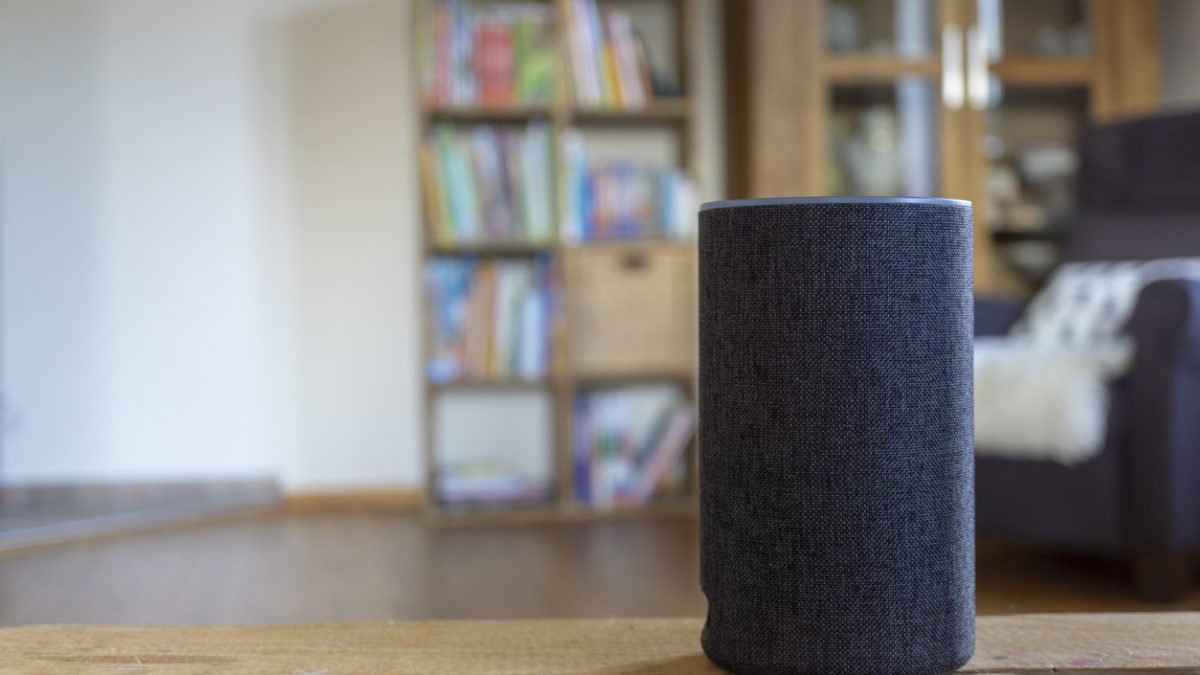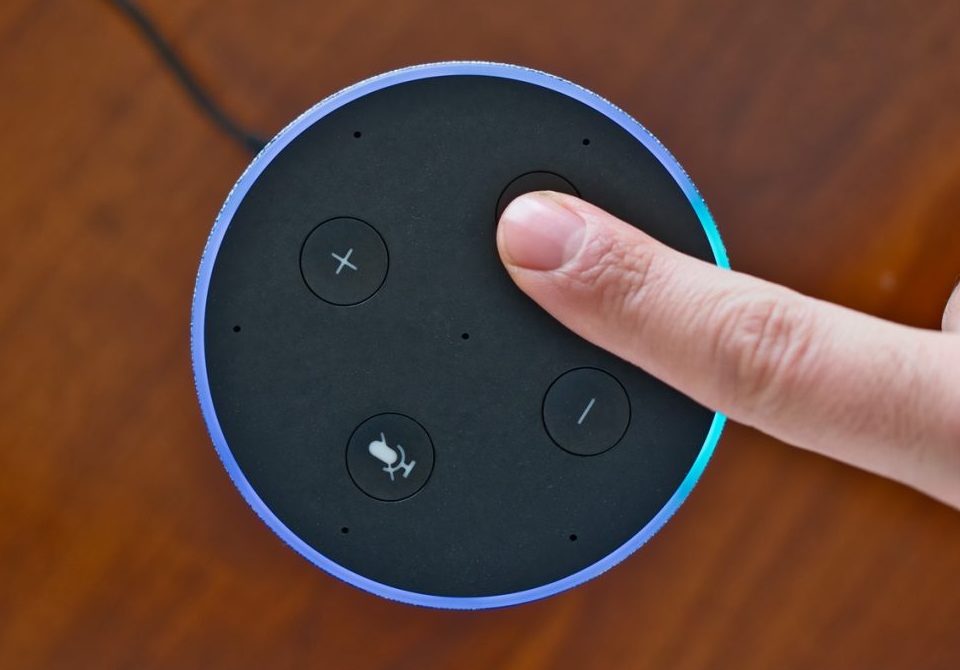
Teaching Your Grandchildren About Online Safety
November 12, 2019
Smart Phone Addiction
February 27, 2020Smart speakers, such as the Amazon Echo and Google Home, Nest thermostats, and Ring Video doorbell cameras, are exploding in popularity. The use of these devices has helped transition millions of residences into smart homes.
These, along with other Internet-connected devices, can make many aspects of daily life more comfortable. Still, they also add a new level of opportunity for hackers to invade your privacy.
Recently, there have been some scary news stories about people being watched or listened to in their own homes. It is important to note that these instances are few and far between. These sensational media events are not a reason to ditch smart devices.
As with all technology, security standards cannot be ignored. It is essential to be proactive in the setup and maintenance of all your accounts and devices.
Mind Your Passwords
The news reports circulating around the world have been about bad guys hacking into camera systems. In these instances, it wasn’t a home network, or even the provider account that was hacked to gain control of the video camera.
These hacks were the result of using passwords from accounts previously hacked and publicized on the dark web. Unfortunately, people keep using the same account logins until disaster strikes, like someone taking over your home video cameras!
Strong and Unique Is the Key
Use strong passwords for all your accounts. Don’t use one or two passwords for everything. Passwords should be gobbledygook and impossible to remember. They should contain 12+ characters, include a random mix of numbers, upper- and lower-case letters, and symbols, and should never include words.
Password Manager
With all the accounts we currently hold (and surely more are to come), it becomes impossible to create or remember strong, unique passwords. This opens the need for a handy app, a password account manager, that securely stores all your login credentials – whether on your mobile device or your home computer.
Take Action IMMEDIATELY
If you receive notice from your credit card company, bank, hotels, stores, any service provider, or vendor, that their computers were attacked, immediately change your password for that account.
In the online world, easy does not equal secure and secure doesn’t equal easy!
Safeguard Your Network
Your Wi-Fi router is the gatekeeper to your smart home network because all your devices run through it. Security starts there. Fortunately, you don’t have to be an IT expert to put protections in place for your network.
Here are some steps you can take to keep your home safe:
No Default Settings
Please don’t accept the default username on the router. Never change it to something obvious, like your last name or address. This makes it harder to identify your location. Likewise, don’t use your name or address in the name of your home network.
Just Like Any Password
The password for your network should be equally as secure as any account you are using.
Guest Networks
Set up a guest Wi-Fi network for visitors who want to get online, so they aren’t using a system that is tied to your devices.
Updates Mean Security
Keep your router up to date. Most devices usually have settings that include automatic updates. However, this setting must be turned on. If your router is older, it may be time to upgrade to one of the new mesh routers that have higher grade security measures.
If you are updating your router, use well-known, established brands. These are the companies that invest in security and performance.
These basics are universal and should be applied not just to your router but also to all the smart home devices you have. Don’t let hackers scare you away from creating the smart home of your dreams, just make sure you take some time to safeguard all levels of use from abuse.
(This article was originally posted on Sixty and Me)






